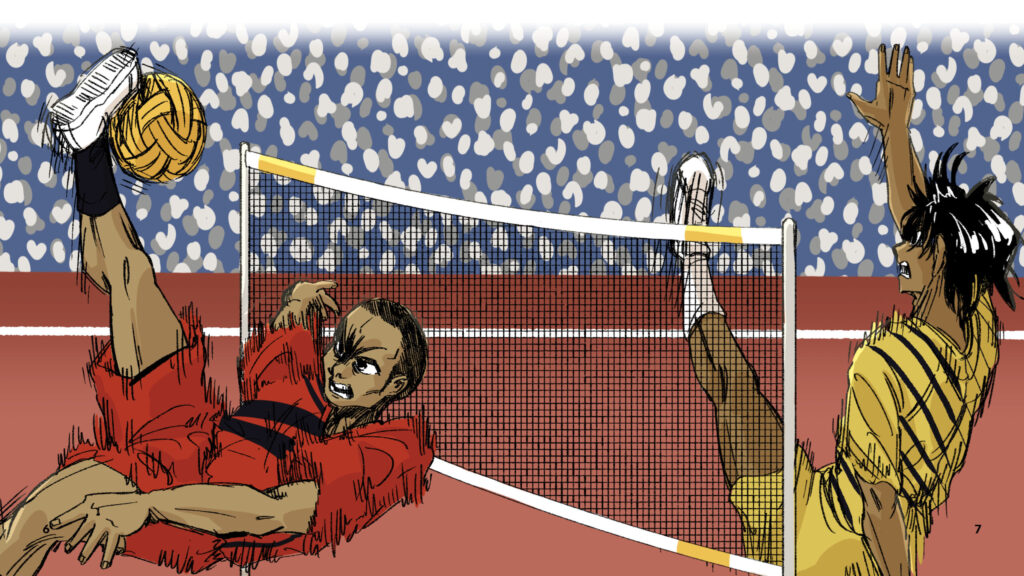
Sports have a unique ability to serve as a universal language that transcends cultural, linguistic, and societal barriers. A perfect example of this is international competitions such as the 2023 FIFA Women’s World Cup, which is currently happening in Australia and New Zealand. The event has 32 countries participating and millions of people tuning in worldwide to cheer their nations to victory.
Sepak Takraw
While soccer/football may be one of the oldest and most popular sports played globally, another lesser-known sport, Sepak Takraw, is popular in Southeast Asia but gaining traction worldwide. Like soccer/football, Sepak Takraw is a sport that can be traced back to ancient civilizations and is also thought to have some ties to modern-day soccer/football.
Sepak Takraw, also known as kick volleyball or kick ball, blends the skills of volleyball and soccer/football. The sport was most likely introduced by the Chinese and is thought to have evolved from the traditional Chinese game Cuju which FIFA recognizes as the earliest form of modern soccer. With its origins in Southeast Asia, specifically in countries like Malaysia, Thailand, and Indonesia, Sepak Takraw can be traced back to 15th-century Malaysia.
In many Southeast Asian countries, Sepak Takraw is not just a game but a way of life. It is played during festive occasions, traditional ceremonies, and even to connect communities. The sport unites people and instills a sense of camaraderie among players and fans, fostering a strong bond within the community. Sepak Takraw stands as a testament to the power of sport in bringing people together, promoting physical fitness, and celebrating the richness of different cultures.
How To Play
Sepak Takraw is played on a rectangular court, similar to a badminton court, with a net separating the opposing teams. The game involves two teams, each consisting of three players. The objective is to outscore the opponent by kicking a rattan ball over the net and into the opponent’s side of the court without letting it touch the ground.
Players can only use their feet, knees, chest, and head to touch the ball. No hands allowed! The rules stipulate that each team has a maximum of three touches before the ball must cross the net. The game is fast-paced, with teams often employing acrobatic moves and incredible agility to keep the ball in play and score points. Executing kicks and keeping the ball airborne requires excellent coordination, balance, and precise timing.
International Recognition and Growth
Sepak Takraw has gained significant international recognition over the years, leading to its inclusion in major multi-sport events such as the Asian Games and the Southeast Asian Games. You can learn more during the 2022 Asian Games that were postponed but will be held in September 2023 in Hangzhou, China, and will feature Sepak Takraw among the 40 sports. The sport has also established its own international governing body, the International Sepak Takraw Federation (ISTAF), which oversees the development and promotion of the sport worldwide.

Furthermore, Sepak Takraw has witnessed a surge in popularity outside of its Southeast Asian roots. Countries like Japan, South Korea, and the United States have embraced the sport, forming national teams and holding local competitions. Numerous clubs and associations have emerged, providing platforms for enthusiasts to learn, train, and compete at various levels.
Learn More

If you’re interested in learning more about unusual and fascinating sports from diverse cultures and locations worldwide, check out Amazing Sports from Around the World. Part of the Language Lizard Explore collection, it is available in both English and 14 bilingual editions (more languages coming soon!) This multicultural book comes with free lesson plans, extension activities, and audio and appeals to all ages, especially older language learners.
